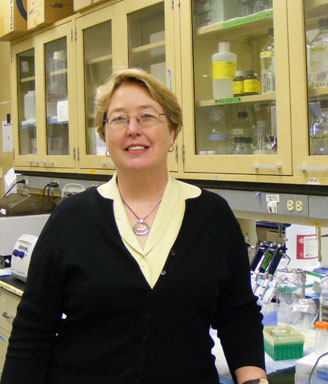SARS-CoV-2 disrupts proximal elements in the JAK-STAT pathway. Journal Article
Local Library Link: Find It @ Loyola
| Authors: | Chen, DY; Khan, N; Close, BJ; Goel, RK; Blum, B; Tavares, AH; Kenney, D; Conway, HL; Ewoldt, JK; Chitalia, VC; Crossland, NA; Chen, CS; Kotton, DN; Baker, SC; Fuchs, SY; Connor, JH; Douam, F; Emili, A; Saeed, M |
| Article Title: | SARS-CoV-2 disrupts proximal elements in the JAK-STAT pathway. |
| Abstract: | SARS-CoV-2 can infect multiple organs, including lung, intestine, kidney, heart, liver, and brain. The molecular details of how the virus navigates through diverse cellular environments and establishes replication are poorly defined. Here, we generated a panel of phenotypically diverse, SARS-CoV-2-infectable human cell lines representing different body organs and performed longitudinal survey of cellular proteins and pathways broadly affected by the virus. This revealed universal inhibition of interferon signaling across cell types following SARS-CoV-2 infection. We performed systematic analyses of the JAK-STAT pathway in a broad range of cellular systems, including immortalized cells and primary-like cardiomyocytes, and found that SARS-CoV-2 targeted the proximal pathway components, including Janus kinase 1 (JAK1), tyrosine kinase 2 (Tyk2), and the interferon receptor subunit 1 (IFNAR1), resulting in cellular desensitization to type I IFN. Detailed mechanistic investigation of IFNAR1 showed that the protein underwent ubiquitination upon SARS-CoV-2 infection. Furthermore, chemical Inhibition of JAK kinases enhanced infection of stem cell-derived cultures, indicating that the virus benefits from inhibiting the JAK-STAT pathway. These findings suggest that the suppression of interferon signaling is a mechanism widely used by the virus to evade antiviral innate immunity, and that targeting the viral mediators of immune evasion may help block virus replication in patients with COVID-19. SARS-CoV-2 can infect various organs in the human body, but the molecular interface between the virus and these organs remains unexplored. In this study, we generated a panel of highly infectable human cell lines originating from various body organs and employed these cells to identify cellular processes commonly or distinctly disrupted by SARS-CoV-2 in different cell types. One among the universally impaired processes was interferon signaling. Systematic analysis of this pathway in diverse culture systems showed that SARS-CoV-2 targets the proximal JAK-STAT pathway components, destabilizes the type I interferon receptor though ubiquitination, and consequently renders the infected cells resistant to type I interferon. These findings illuminate how SARS-CoV-2 can continue to propagate in different tissues even in the presence of a disseminated innate immune response. |
| Journal Title: | Journal of virology |
| ISSN: | 1098-5514; 0022-538X |
| Publisher: | American Society for Microbiology. All Rights Reserved |
| Date Published: | 2021 |
LUC Authors
-
 47
47Baker
Related LUC Article
